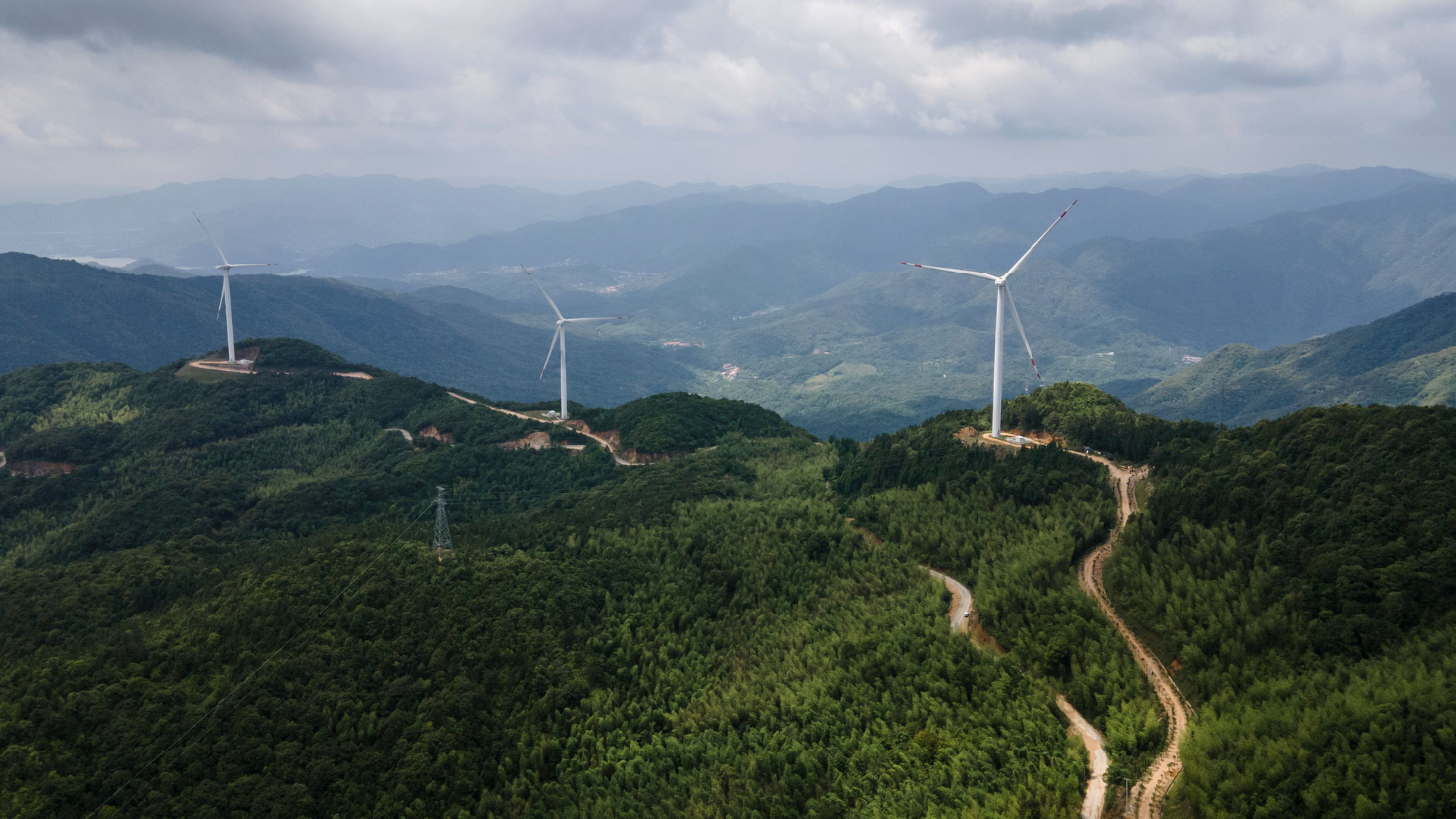Critical Minerals Are The New Energy Bottleneck And The Scramble Has Already Begun
Critical minerals are becoming the defining pressure point of the energy transition: demand is set to surge in the next 15 years, yet supply chains remain heavily concentrated, and are dominated by China. Governments and innovators are racing to secure access. Energy leaders that don’t act now risk disruption to the technologies their net zero strategies depend on.
The energy transition runs on a foundation of critical minerals – lithium, cobalt, copper and rare earth metals – that are crucial for electric vehicles (EVs), batteries, renewable energy infrastructure and high-tech manufacturing. Global demand is rising sharply. The International Energy Agency (IEA) projects that critical mineral demand from EVs and battery storage alone will grow tenfold by 2040 under its Stated Policies Scenario. Meanwhile, its Net Zero Emissions by 2050 Scenario predicts that the combined market value of nickel, copper, lithium, cobalt, graphite and rare earth elements could more than double to $770 billion by 2040.
However, the benefits of this growth may be unevenly distributed. Refining capacity is heavily concentrated, with the top three refining nations’ market share rising from 82% in 2020 to 86% in 2024. China alone dominates processing for many of these supply chains, particularly cobalt, graphite and rare earths. This concentration heightens geopolitical risk and creates a strategic imperative for diversification.
The US is responding with an aggressive push to bolster domestic production and processing. The Department of Energy recently announced nearly $1 billion in funding to accelerate mining, refining, recycling and battery production projects. New developments such as Wyoming’s Brook Mine, the first US rare earth mine in decades, are part of a broader effort to reduce reliance on overseas supply. These moves come against the backdrop of an escalating trade and technology rivalry with China, heightening US desire for critical mineral supply chain control. Even as US federal policy under current leadership pulls back on clean energy targets, securing a share of the booming critical minerals market remains a clear economic and strategic priority.
This momentum is not unique to the US, as other nations also revisit their approach to critical minerals through the lens of future energy security. Canada is advancing its Critical Minerals Strategy; Australia is funding rare earth processing plants; and the UK is planning to release a new Critical Minerals Strategy later in 2025.
Alongside government action, private innovation is stepping up. Canada-based start-up GeologicAI recently secured $44 million in Series B funding from investors including BHP Ventures, Rio Tinto and Breakthrough Energy Ventures. Its AI- and sensor-powered platform delivers real-time drill core analysis, enabling faster, more precise and environmentally responsible mineral discovery across five continents.
For energy transition leaders and tech providers, the strategic takeaways are clear:
- Strengthen supplier intelligence and risk monitoring.
Map your critical mineral exposure across your technology stack and track geopolitical, trade and environmental developments in key supplier nations to anticipate disruptions before they hit. - Design for substitution and efficiency.
Work with R&D teams and technology partners to reduce reliance on single minerals through material substitution, recycling integration and design changes that lower critical mineral intensity. - Engage early with policy and funding programmes.
Leverage domestic or allied government initiatives – from grants to tax credits – to secure priority access to new mineral processing and recycling projects in friendly jurisdictions. - Ensure stakeholder responsibility.
In the mining of new critical mineral sites, it is crucial to proactively address environmental, social and governance (ESG) concerns, particularly in the context of rising legal challenges against renewables providers over minerals, and other concerns over water usage and habitat protection.
As electrification and AI-related energy demand grows, securing critical mineral supply chains through innovation and strategic policy isn’t just prudent – it’s essential for a resilient, sustainable energy future.
About The Author

Isobel McPartlin
Analyst




